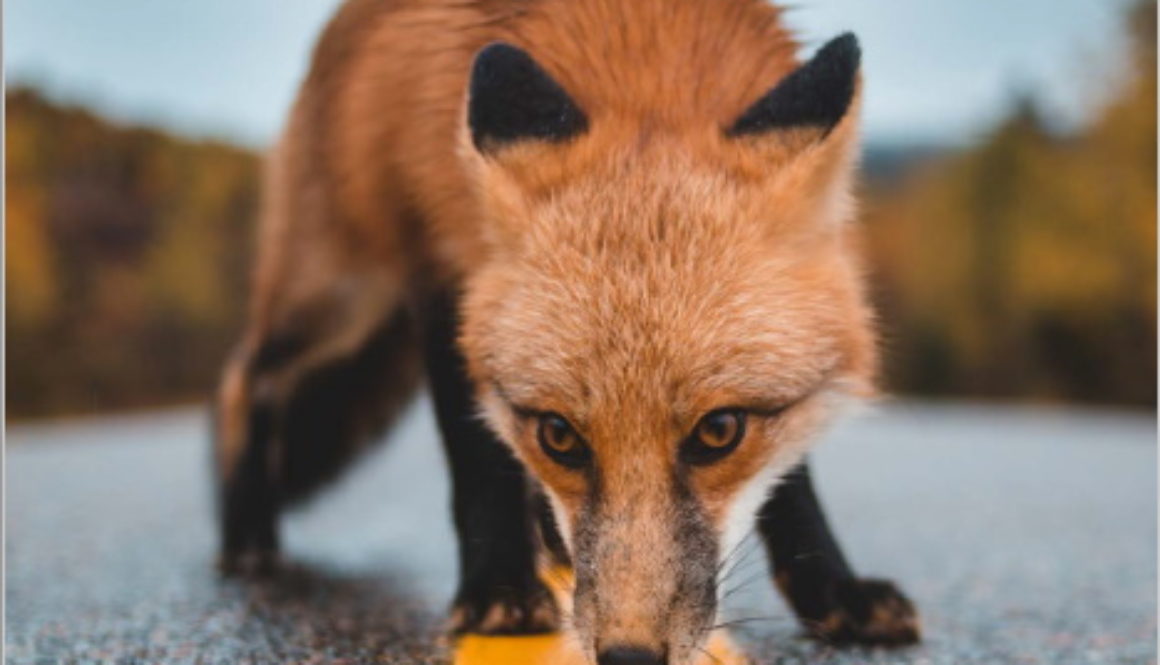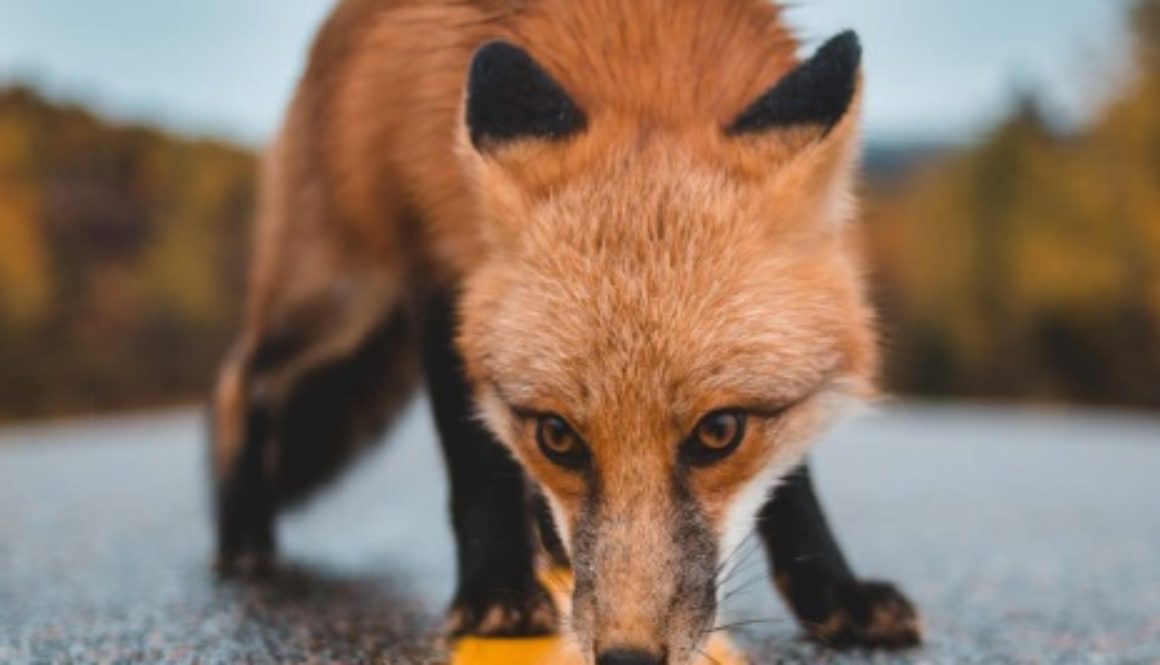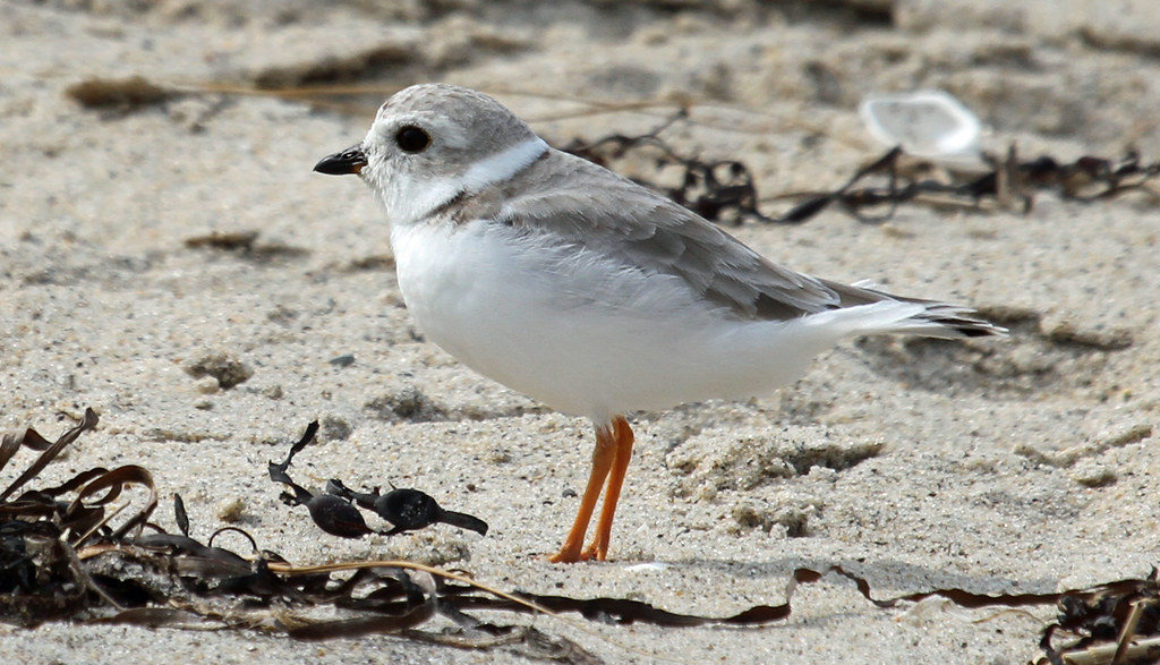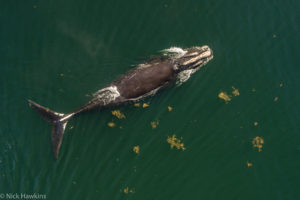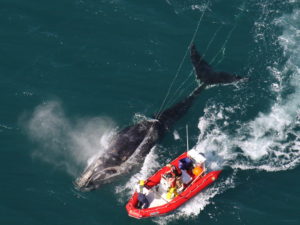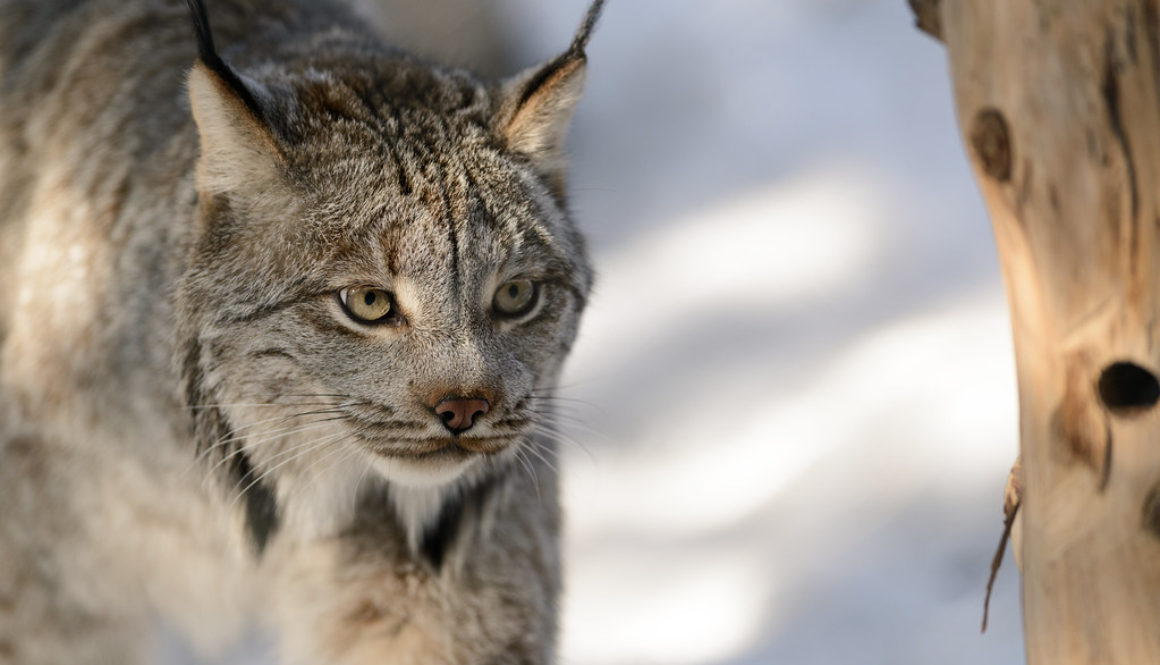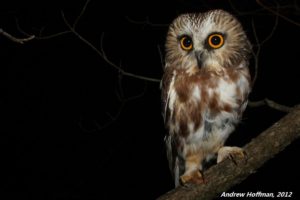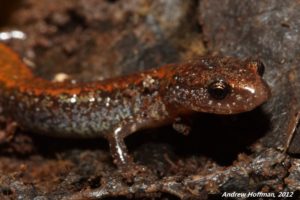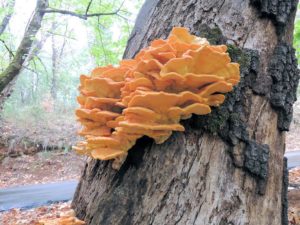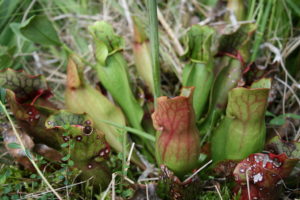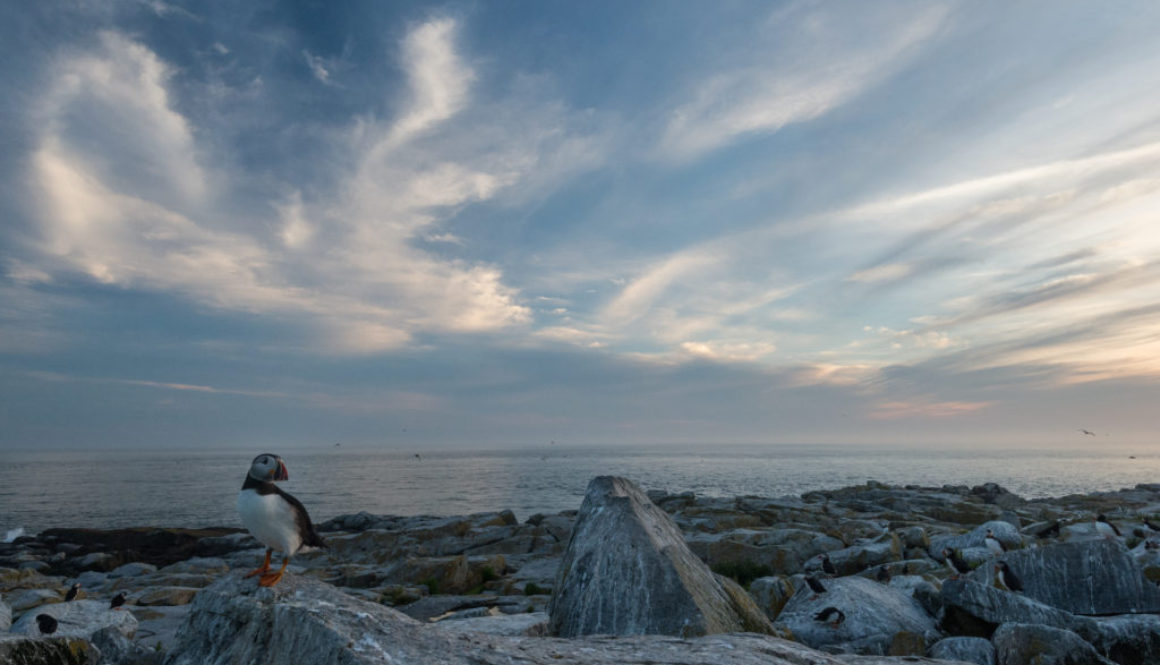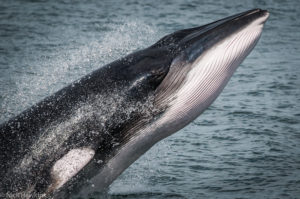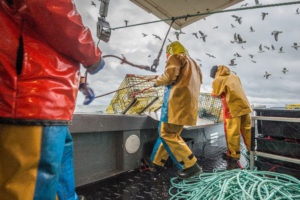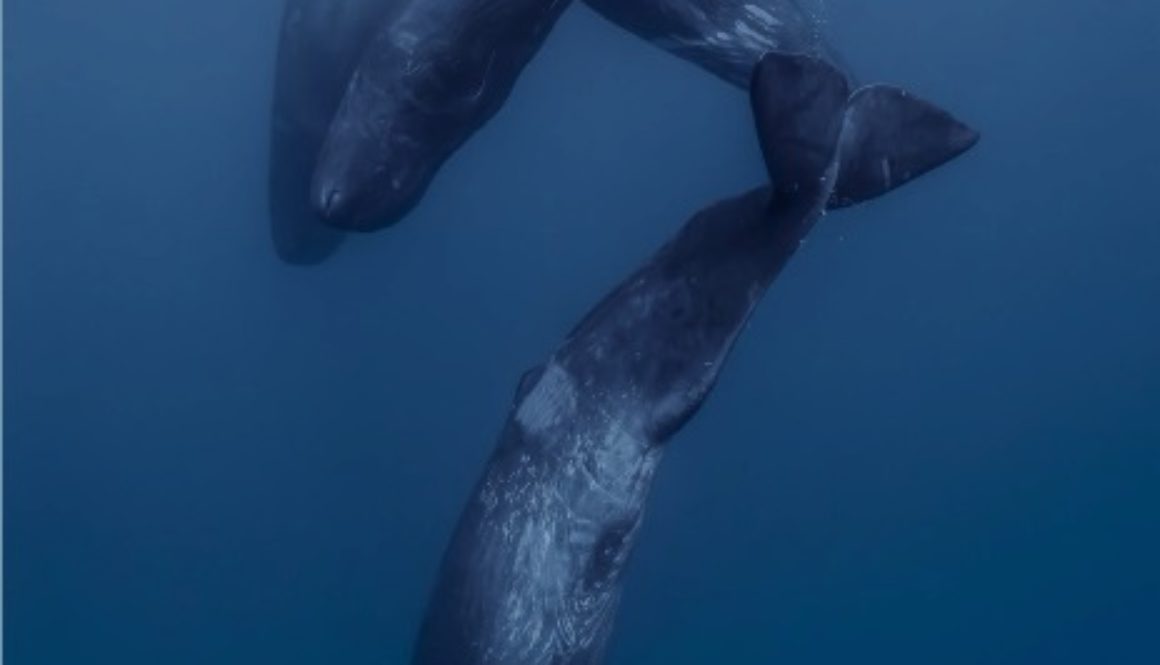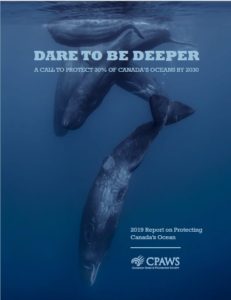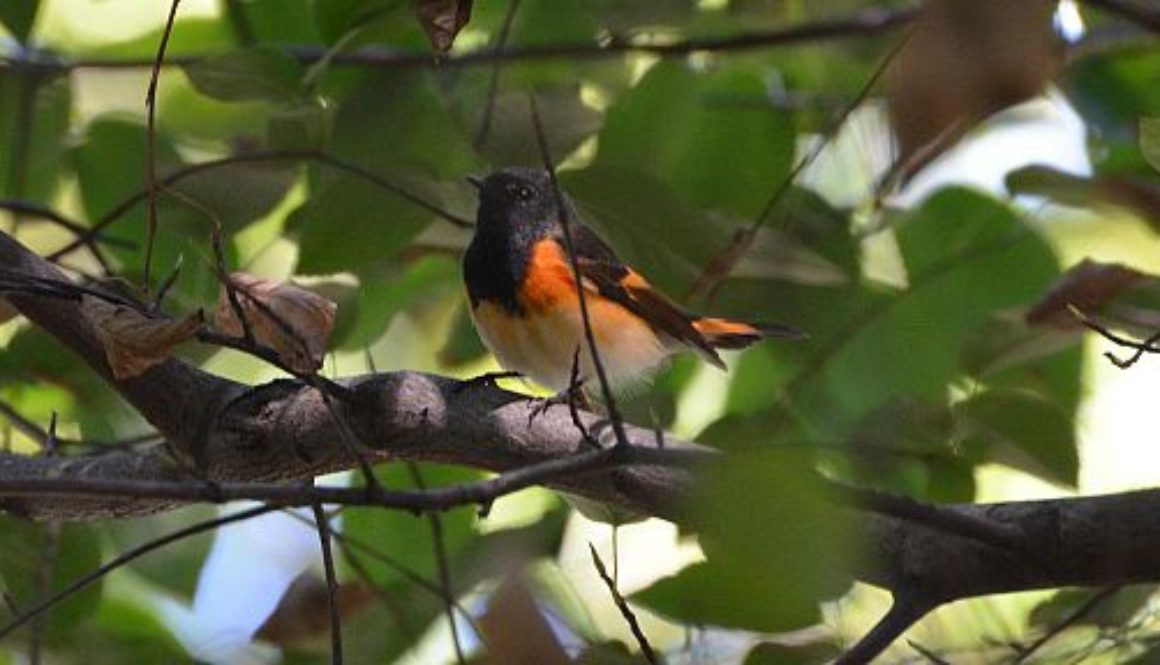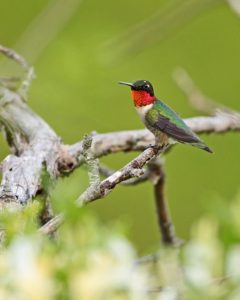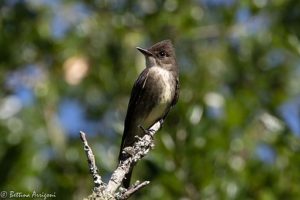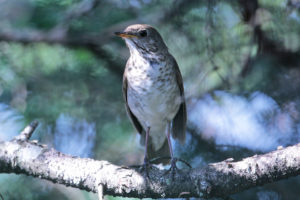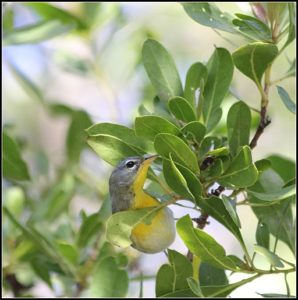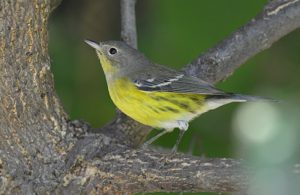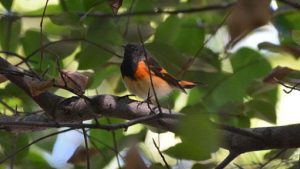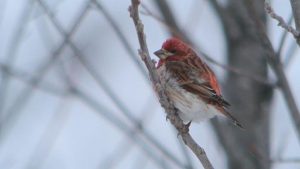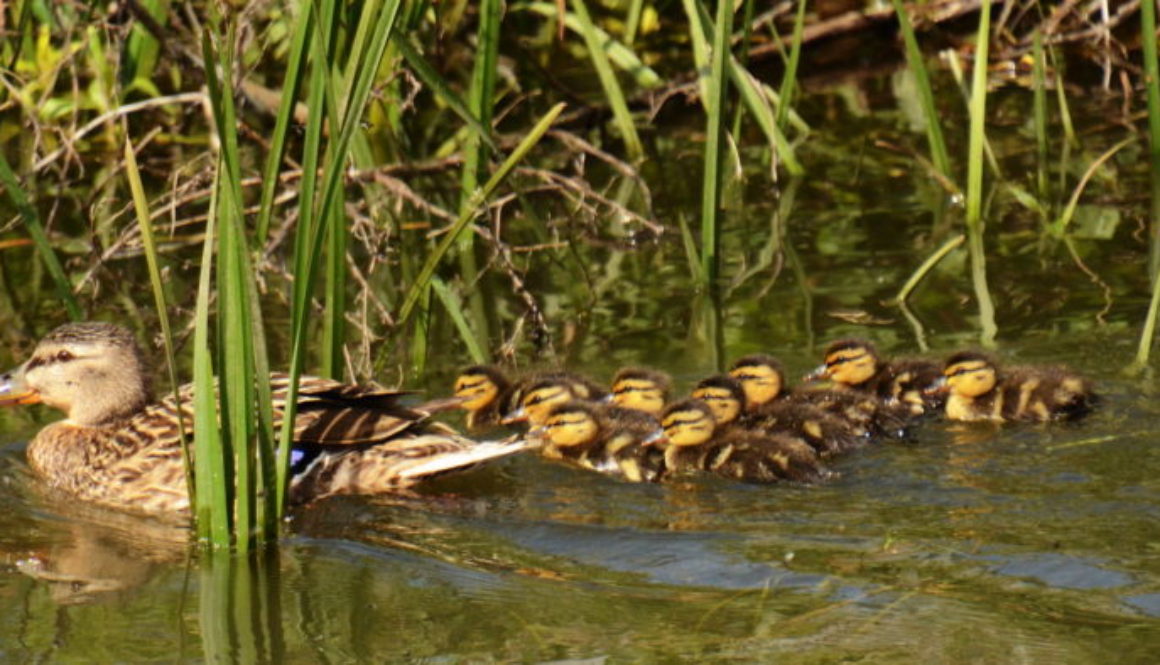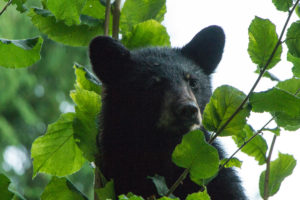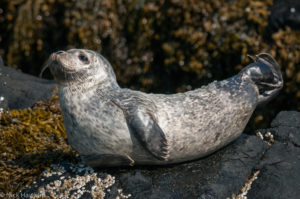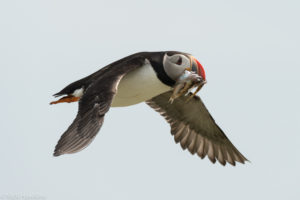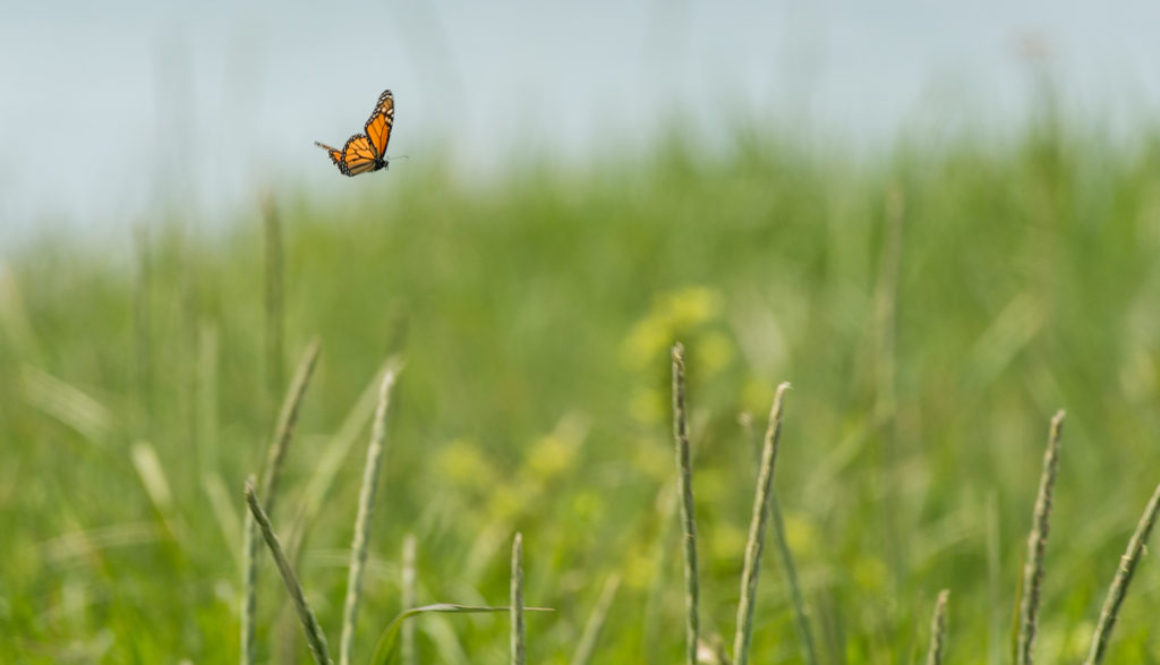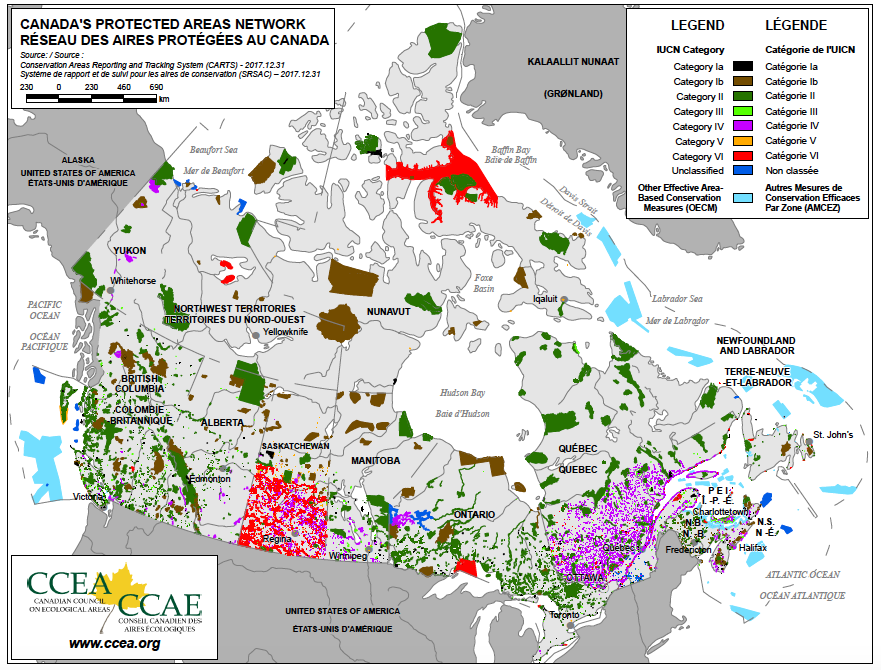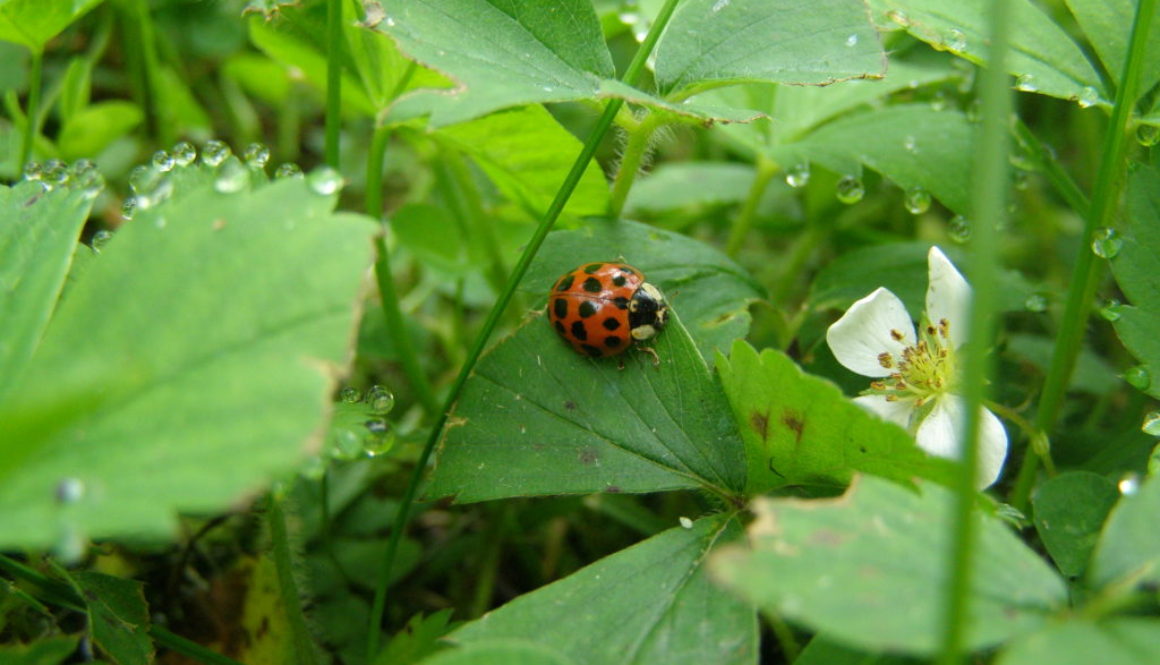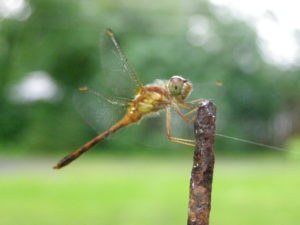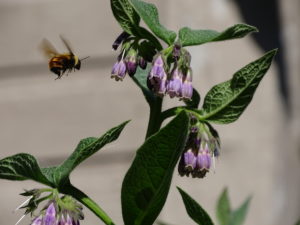La SNAP appelle à une action urgente et ambitieuse pour contrer la « crise écologique » au Canada et au Nouveau-Brunswick
À l’approche de la Journée des parcs, la Société pour la nature et les parcs du Canada (SNAP) salue les efforts déployés par le Canada pour respecter ses engagements de protection du territoire d’ici 2020 et exhorte le gouvernement fédéral à jour un rôle de premier plan pour la promotion d’objectifs de conservation ambitieux et fondés sur des données probantes pour la prochaine décennie, qui permettront de contrer la dégradation continue et catastrophique de la nature. Dans son dernier rapport, ” La nature en crise : le Canada doit intensifier les mesures de conservation ”, la SNAP demande au Canada qu’il se fasse le chef de file pour la promotion d’un objectif de protection et de restauration d’au moins la moitié de la planète et d’une cible clé de protection de 30 % des terres et des eaux intérieures d’ici 2030, et qu’il s’engage à atteindre ces objectifs sur son propre territoire
Dans le cadre de la Convention sur la diversité biologique de l’ONU, le Canada s’est déjà engagé à protéger au moins 17 % de ses terres et de ses eaux intérieures d’ici 2020. En 2018, le gouvernement fédéral a octroyé plus de 1,3 milliard de dollars à la conservation de la nature, l’investissement le plus important de l’histoire du Canada dans ce domaine, et a mobilisé les administrations publiques, les peuples autochtones, les ONG et d’autres partenaires pour que tous œuvrent de concert à l’atteinte de cet objectif. Alors que l’échéance de 2020 pointe à l’horizon et que seulement 11,8 % du territoire du Canada, et 4,6 % du Nouveau-Brunswick, est protégé à date, on peut dire qu’il reste encore du travail.
« Au Nouveau Brunswick, notre gouvernement a exprimer leur intérêt à conserver plus d’aires naturelles à participer dans les rendez-vous à l’échelle du pays pour discuter quelles actions pourraient être prises. Cependant, le gouvernement du Nouveau-Brunswick n’a pas annoncé leurs intentions et nous attendons toujours le plan d’action du Nouveau-Brunswick » dit Roberta Clowater, la directrice exécutive de la SNAP Nouveau-Brunswick.
Dans une étude publiée en mai 2019, la Plateforme intergouvernementale scientifique et politique sur la biodiversité et les services écosystémiques (IPBES) a constaté que la nature décline « plus vite que jamais dans l’histoire de l’humanité » et que plus d’un million d’espèces sont menacées d’extinction, dont un grand nombre dans la prochaine décennie si des mesures radicales ne sont pas prises pour changer la situation. D’après cette étude, la perte et la dégradation des habitats provoquées par les perturbations anthropiques apparaissent comme les principaux facteurs à l’origine de cette crise écologique.
« Nous espérons que le Nouveau-Brunswick recueillera le désir politique à protéger les aires naturelles qu’on a besoin pour appuyer notre population d’humain et la faune. SNAP N-B encourage la province à prendre des mesures en retard depuis longtemps pour établir une voie navigable de la région sauvage Restigouche. Nous espérons aussi à protéger nos forêts et leurs habitants qui restent autour de la province y compris les terres humides, aires costaux, aires naturelles importantes et nos aires naturelles désigné pour l’eau potable. »
Le rapport contient les étapes spécifiques pour Nouveau-Brunswick, y compris plus d’interactions et la solidification de nos relations avec les peuples indigènes et incluant les gens du Nouveau- Brunswick dans un plan pour la protection de la nature à protéger les espaces le plus sauvage, la flore et la faune qui l’habitent et l’habitat qui va t’appuyer.
-30-
Lire le rapport complet [lien];
Contacts :
Alison Woodley, Conseillère stratégique, SNAP
awoodley@cpaws.org | Cell : 613-203-1172 Bureau : 613-569-7226 p. 230
(en anglais): Roberta Clowater, SNAP Nouveau-Brunswick, rclowater@cpaws.org ; 506-452-9902
À propos de la Société pour la nature et les parcs du Canada
La Société pour la nature et les parcs du Canada (SNAP) est le seul organisme de bienfaisance pancanadien qui se consacre exclusivement à la protection de nos terres publiques, de nos océans et de nos eaux intérieures, et qui veille à ce que nos parcs soient gérés de manière à protéger la nature. Au cours des 56 dernières années, nous avons joué un rôle de chef de file pour assurer la protection de plus d’un demi-million de kilomètres carrés de milieux naturels, une superficie plus vaste que celle du Yukon! Notre vision est de protéger au moins la moitié des terres publiques, des océans et des eaux intérieures du Canada pour le plus grand bien des espèces sauvages et des êtres humains.
Roberta Clowater, executive director of CPAWS NB, interviewed by CBC NB radio program, Shift.

